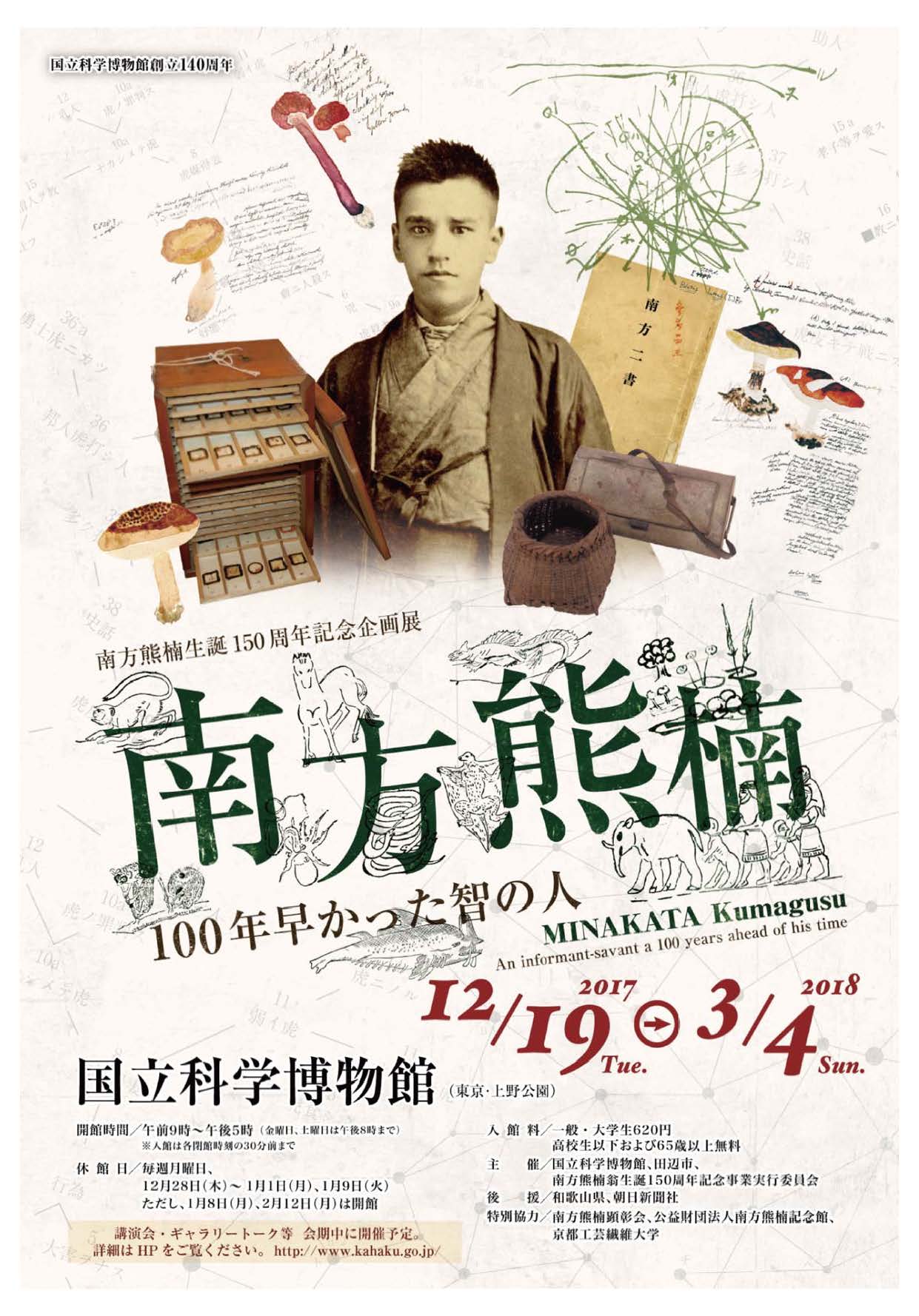
Image courtesy of the National Science Museum
At the National Museum of Nature and Science, the 150th Anniversary Exhibition "MINAKATA Kumagusu: An informant-savant a 100 years ahead of his time" is held during the period from December 19, 2017 (Tuesday) to March 4, 2018 (Sunday).
Minakata Kumagusu is a naturalist who gathered a large number of materials such as mosses, ferns, fungi. After traveling to the U.S. and England, he interacted with a wide range of people, he was immersed in the study of cryptomer plants in Wakayama prefecture and focused on the nature conservation movement, and various ecology, religion, folklore that Kumagusu told the world view over the field continues to attract a lot of people.
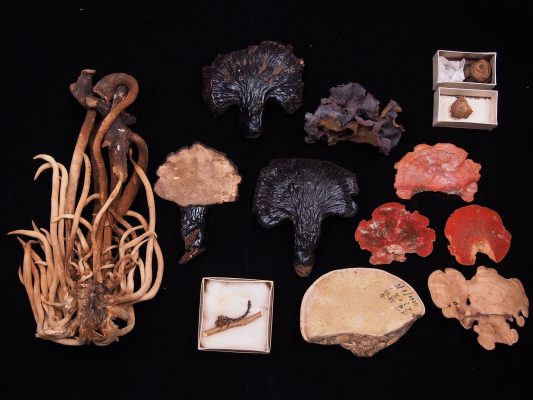
Minakara Kumagusu has been seen as a researcher in search of nature. In the latest researches, however, it is considered safer to say that he was rather an ‘informant’ who collected, stored, and provided items and documents of a wide range of fields. His key items include documentation from all ages and countries, hand-written ‘extracts’ (transcriptions from a wide range of documents) of them, correspondence, and mycological illustrations.
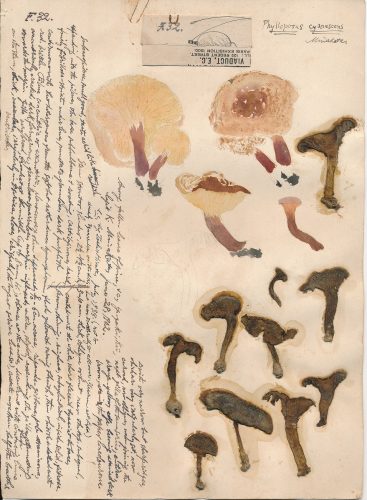
Exhibit composition
1. The life of Minakata Kumagusu
Who was Minakata Kumagusu? What did he do? This chapter introduces his life after the latest research results.
2. Quest for All Wisdom
The term issaichi (‘all wisdom’) has its root in Buddhist literature, meaning both “all knowledge” and “those who know everything” . Kumagusu, living in Kii Peninsula, southwestern part of Japan, devoted himself to collecting all kinds of academic information such as cryptogam specimens, narratives of local tradition, and folklore. This chapter compares Kumagusu’s fieldwork with corresponding activities of today’s researchers.
3. Extent of Wisdom
Kumagusu, interested in the diversity of cryptogamic plants, collected those specimens and wrote down their descriptions in his research records. This chapter compares these specimens (fungi, lichens, macroalgae, microalgae, and slime molds) of his with those of modern researchers.
4. Accumulation of Wisdom: Mycological Illustrations
Kumagusu collected, drew, and mounted a large variety of fungi, which resulted in up to several thousands of Mycological Illustrations. While the vast majority of them are archived today in the National Museum of Nature and Science, it is known that there are several ‘missing’ parts in the serial numbers.
Some of those ‘missing’ portion have been recently recovered, and tentatively named Mycological Illustrations Series 2. These newly found pieces are shown to the public for the first time. Besides them, a virtual exhibition of the original illustrations (Series 1) can be viewed digitally.
5. Expansion of Wisdom: Shrine Merger Policy and the Two Letters from Minakata (Minakata Nisho)
Based on his vast knowledge and experiences as a fieldworker, Kumagusu started to protest against the shrine merger policy of Japanese government, in order to protect the forests of the shrines. He wrote two letters to Matsumura Jinzo, a professor of Botany at the University of Tokyo, in which he stated his objection to shrine mergers. These letters were published by Yanagita Kunio, a folklorist and high official of the government, who named them Minakata Nisho (Two Letters from Minakata). This chapter shows the botanical specimens that Kumagusu mentioned in these letters, which suggest us Kumagusu’s vast knowledge behind his activities for nature protection.
6. Learning the Framework of His Wisdom
Kumagusu’s activities for accumulating knowledge extended to the fields of both natural history and humanities. His serial essays “Junishi-ko (Studies of the 12 zodiacal Animals)” were written by referring to vast resources of knowledge. It is supposed that his “Fukko (gastero-manuscripts)”, the mind-mapping drafts which he prepared for writing up, would be a key to understand Kumagusu’s manner of handling information.
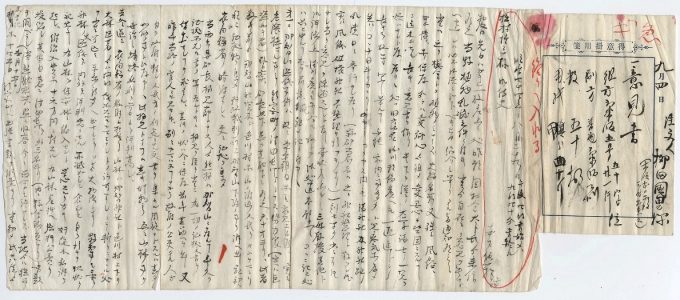
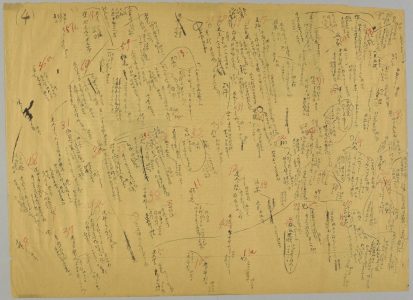
2017 corresponds to the 150th anniversary of Kumagusu's birth. Please look forward to the exhibition, which reflects the life and performance of Minakata Kumagusu and thinks about its position from the current viewpoint.
Summary
| Exhibition name | MINAKATA Kumagusu: An informant-savant a 100 years ahead of his time |
|---|---|
| Venue | National Museum of Nature and Science Japan Gallery 1st floor planning exhibition room |
| Duration | December 19, 2017 (Tue) – March 4, 2018 (Sun) |
| Opening hours | 9 am – 5 pm (Friday and Saturday to 8 p.m.) |
| Admission fee | You can see it by permanent exhibition admission fee only. (General and university students: ¥ 620 High-school students and younger, persons aged 65 or over: Free) |
| closing day | Every Monday, December 28 (Thur) – January 1, 2018 (Mon), January 9 (Tue) However, Monday, January 8 (Mon), February 12 (Mon) opening |


